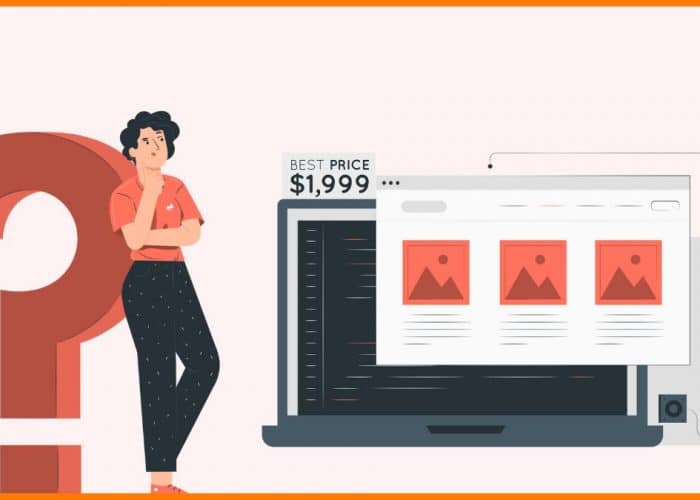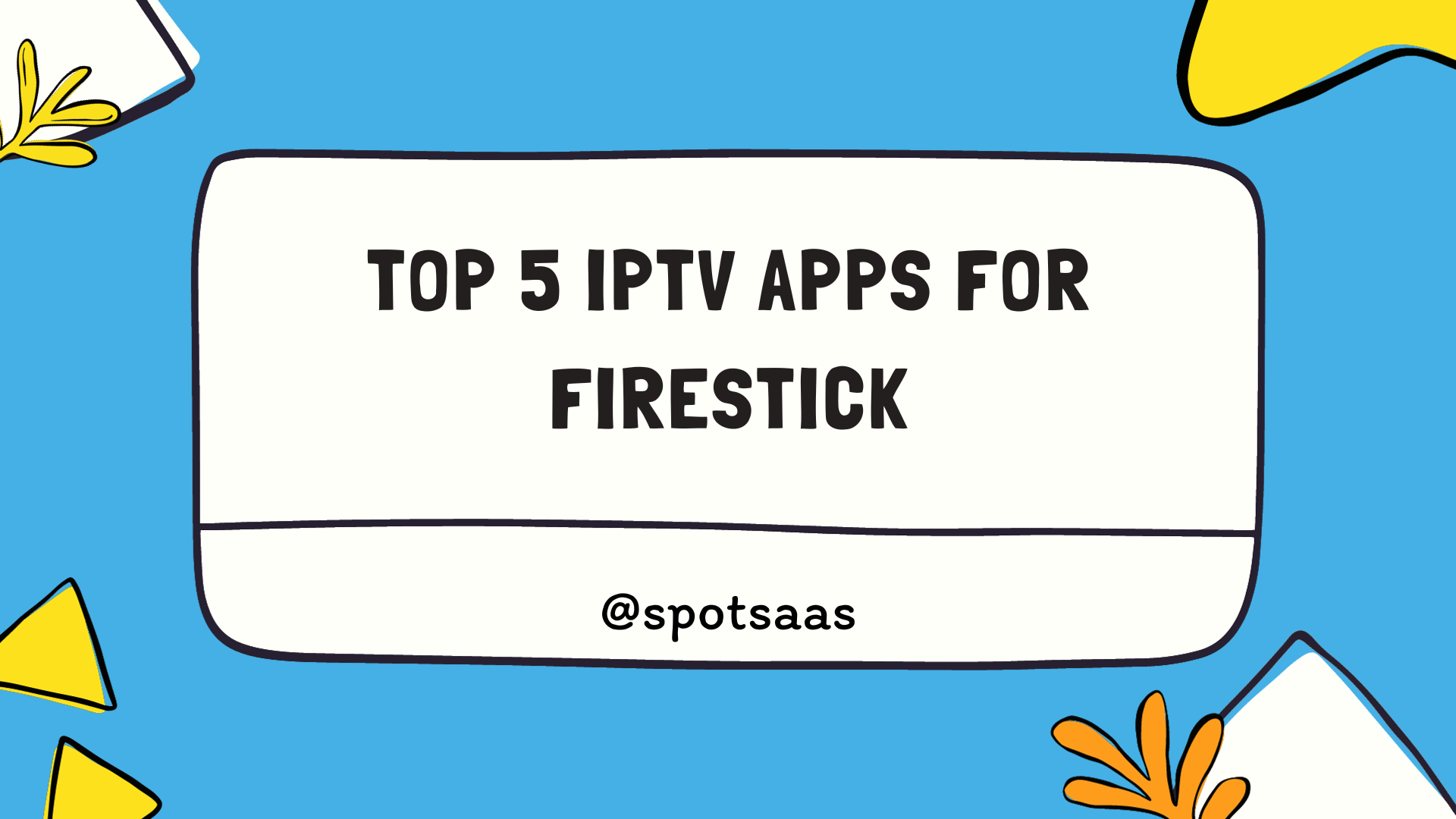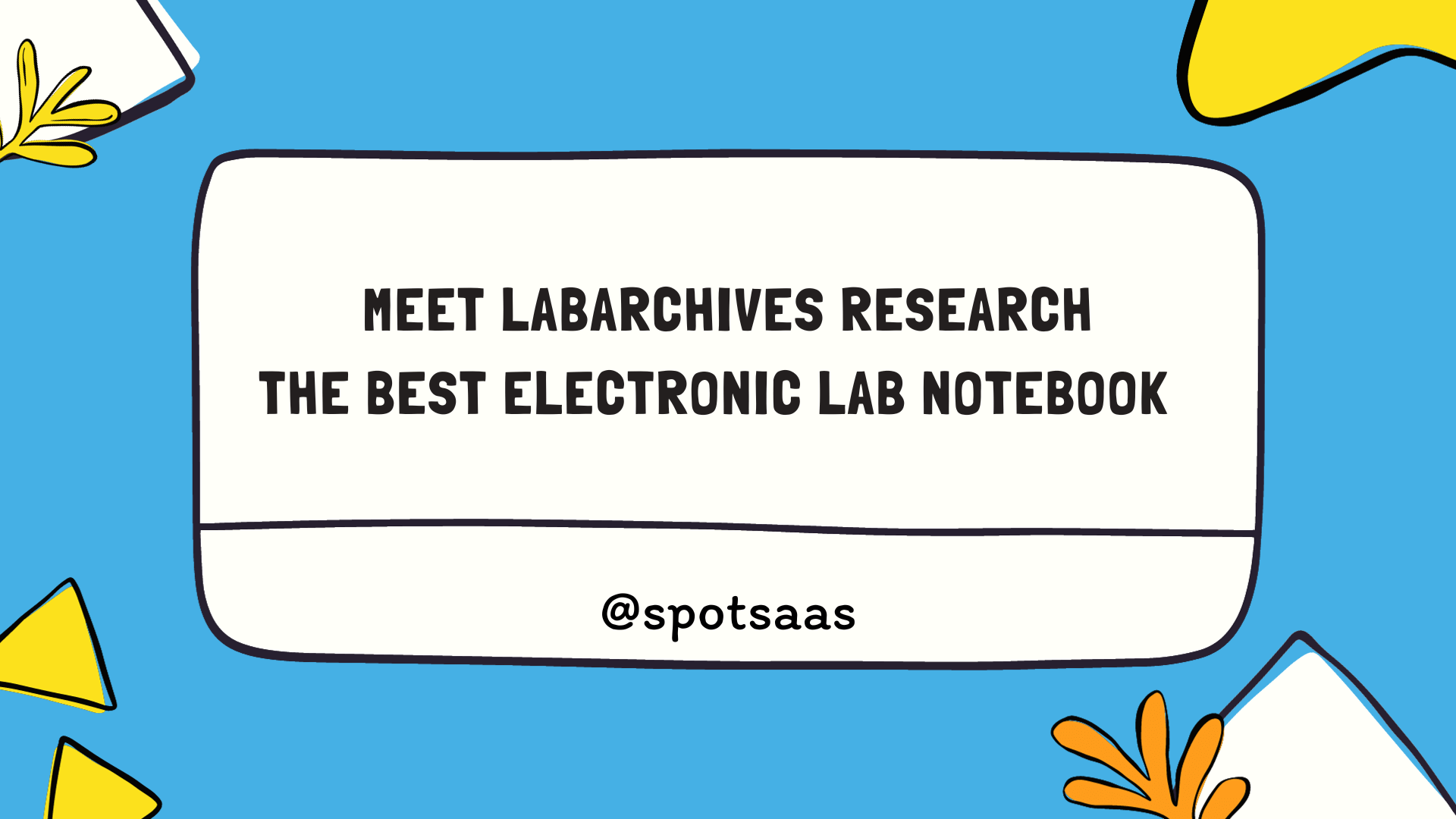SaaS pricing is the strategy of determining how much to charge customers for your software as a service product or service. It is an essential aspect of a SaaS business as it determines how much revenue you generate and how profitable your business can be. Choosing the right pricing strategy is crucial for your SaaS business as it can have a significant impact on attracting and retaining customers, optimizing revenue, and staying ahead of the competition.
A well-designed pricing strategy can help you increase customer loyalty, retention, and satisfaction. It can also help you achieve growth and profitability goals. Conversely, a poorly designed pricing strategy can lead to missed opportunities, low customer satisfaction, and even failure. Hence, it’s important to consider various factors such as your target audience, competition, and customer needs to come up with the right pricing strategy for your business.
In summary, SaaS pricing plays a vital role in the success of your business. Choosing the right pricing model can help you attract and retain customers, optimize revenue, and achieve long-term growth and profitability. By understanding the significance of SaaS pricing and considering various factors while deciding on a pricing strategy, you can set your business up for success.
Definition and explanation of per-user pricing
Per-user pricing is a popular SaaS pricing model in which customers are charged based on the number of users that have access to the software. This pricing model is commonly used by SaaS companies that offer collaborative software, such as project management tools, productivity software, or communication tools. Per-user pricing is often preferred by businesses because it offers a predictable cost structure and allows them to pay only for the number of users they need.
In this pricing model, the more users a customer adds, the more they will pay. Typically, SaaS companies offer different tiers of per-user pricing, each with its own set of features and limitations. The higher-priced tiers often offer more advanced features, higher storage limits, and additional support.
Example of Per-user pricing
G Suite by Google Cloud is an excellent example of a SaaS company that uses per-user pricing. G Suite offers a suite of collaboration and productivity tools, including Gmail, Google Drive, and Google Docs, among others. G Suite offers different pricing plans based on the number of users that have access to the software, starting at $6 per user per month for the Basic edition, which includes 30GB of cloud storage, video conferencing, and other basic features.
As customers add more users, they can choose to upgrade to the Business or Enterprise editions, which offer more storage, advanced security features, and additional support. Per-user pricing has helped G Suite to become a popular choice for businesses of all sizes, as it offers a predictable cost structure that scales as their business grows.
Overall, per-user pricing is a popular and effective pricing model for SaaS companies that offer collaborative software. By charging customers based on the number of users, SaaS companies can offer a predictable cost structure and allow businesses to pay only for what they need. G Suite by Google Cloud is just one example of a successful SaaS company that has leveraged per-user pricing to achieve growth and success.
Definition and explanation of Freemium pricing
Freemium pricing is a popular SaaS pricing model that offers a free version of the software with limited features and usage, and a paid version with more advanced features and functionality. This pricing model is commonly used by SaaS companies that want to attract a large user base and encourage them to upgrade to a paid version over time. Freemium pricing is often preferred by SaaS companies because it offers a low barrier to entry for potential customers, making it easier to acquire new users.
In this pricing model, the free version of the software typically offers basic features and a limited amount of usage or storage. The paid version offers more advanced features, unlimited usage or storage, and additional support. Freemium pricing can be an effective way for SaaS companies to convert free users into paying customers, as users can get a taste of the software and upgrade if they find it valuable.
Example of Freemium pricing
Dropbox is an excellent example of a SaaS company that uses freemium pricing. Dropbox offers a cloud-based storage and file-sharing service that allows users to store and share files with others. Dropbox offers a free Basic plan that includes 2GB of storage and limited features, and a paid Plus or Professional plan with more storage and features.
Freemium pricing has helped Dropbox to become one of the most popular cloud-based storage services in the world, with millions of users. By offering a free version of the software with limited features and storage, Dropbox can attract a large user base and encourage users to upgrade to a paid version over time. The paid versions of Dropbox offer more storage, advanced features like password-protected links and file-sharing controls, and priority support.
Definition and explanation of Tiered pricing
Tiered pricing is a popular SaaS pricing model that offers multiple tiers of pricing with different levels of features and usage. This pricing model is commonly used by SaaS companies that offer software with varying degrees of complexity, functionality, and customer needs. Tiered pricing is often preferred by SaaS companies because it allows them to cater to a wide range of customers with different budgets and needs.
In this pricing model, SaaS companies offer different pricing plans, each with its own set of features and limitations. The lower-priced tiers typically offer basic features and a limited amount of usage or storage, while the higher-priced tiers offer more advanced features, higher usage or storage limits, and additional support.
Example of Tiered pricing
HubSpot is an excellent example of a SaaS company that uses tiered pricing. HubSpot offers a suite of marketing, sales, and customer service software that helps businesses grow and manage their customer relationships. HubSpot offers different pricing plans, starting with a free version of the software and going up to Enterprise editions for larger businesses.
The free version of HubSpot offers basic features and a limited amount of usage or storage, while the paid versions offer more advanced features, higher usage or storage limits, and additional support. The pricing plans are tiered, with the Starter, Professional, and Enterprise editions, each with its own set of features and limitations.
Tiered pricing has helped HubSpot to become a popular choice for businesses of all sizes, as it offers a range of pricing plans to meet different budgets and needs. By offering different pricing plans with varying levels of features and usage, SaaS companies can cater to a wide range of customers and increase their chances of attracting and retaining customers over time.
Definition and explanation of Value-based pricing
Value-based pricing is a SaaS pricing model that charges customers based on the value they receive from using the software. This pricing model is commonly used by SaaS companies that offer software with significant business value, such as customer relationship management (CRM) software, business intelligence software, and other enterprise software. Value-based pricing is often preferred by SaaS companies because it allows them to charge customers based on the value they receive, rather than the number of users or features they use.
In this pricing model, SaaS companies set prices based on the business value that the software delivers to the customer. The more value a customer receives, the more they will pay. Value-based pricing requires a deep understanding of the customer’s needs and the value that the software provides, as it can be challenging to quantify the value of software in monetary terms.
Example of Value Based pricing
Salesforce is an excellent example of a SaaS company that uses value-based pricing. Salesforce offers a suite of enterprise software that includes CRM, marketing automation, and other business software. Salesforce charges customers based on the value they receive from using the software, with pricing based on factors such as the number of users, the features used, and the amount of data stored.
Value-based pricing has helped Salesforce to become one of the most successful SaaS companies in the world, with a loyal customer base and a reputation for delivering significant business value. By charging customers based on the value they receive, rather than the number of users or features they use, Salesforce can maximize revenue and profitability while delivering significant value to their customers.
Definition and explanation of Value-based pricing
Consumption-based pricing is a popular SaaS pricing model that charges customers based on their actual usage of the software or service. This pricing model is commonly used by SaaS companies that offer software with variable usages, such as cloud-based storage, computing power, or other resources. Consumption-based pricing is often preferred by SaaS companies because it allows them to charge customers based on the value they receive, rather than a fixed price.
In this pricing model, SaaS companies charge customers based on the number of resources they use, such as data storage, bandwidth, or computing power. The more resources a customer uses, the more they will pay. Consumption-based pricing is often used in conjunction with other pricing models, such as tiered pricing or value-based pricing.
Example of Value-Based pricing
Amazon Web Services (AWS) is an excellent example of a SaaS company that uses consumption-based pricing. AWS offers a suite of cloud computing services, including data storage, computing power, and other resources. AWS charges customers based on their actual usage of the resources, with pricing based on factors such as the amount of data stored, the number of requests made, and the amount of computing power used.
Consumption-based pricing has helped AWS to become one of the most successful SaaS companies in the world, with a massive customer base and a reputation for delivering reliable and scalable cloud computing services. By charging customers based on their actual usage of the resources, AWS can maximize revenue and profitability while delivering significant value to their customers.
Conclusion
Sure, I’d be happy to provide a recap of SaaS pricing examples and their significance, as well as some encouragement to experiment with different pricing models for your SaaS business.
When it comes to SaaS pricing, there are several common models that companies use. For example, some companies charge a flat fee for their software, while others charge based on the number of users or the amount of data stored. Still, others use a tiered pricing model, where customers can choose from different levels of service based on their needs.
One significant example of SaaS pricing is the freemium model, where companies offer a basic version of their software for free, but charge for additional features or functionality. This can be a powerful way to attract users and build a loyal customer base, as well as to generate revenue from those who are willing to pay for more advanced features.
Another important pricing strategy is value-based pricing, where companies charge based on the value that their software provides to customers. This can be particularly effective for SaaS companies that serve niche markets or offer specialized solutions.
Ultimately, the most effective pricing model for your SaaS business will depend on a variety of factors, including your target market, your competition, and the unique value proposition of your software. So don’t be afraid to experiment with different pricing strategies and to adjust your approach based on what works best for your business.
In conclusion, pricing is a critical factor in the growth and success of any SaaS business. By choosing the right pricing model and continually refining your approach based on feedback from customers, you can create a pricing strategy that helps you achieve your goals and build a sustainable, profitable business.
Frequently Asked Question
What is SaaS pricing?
SaaS pricing is the way in which a software-as-a-service (SaaS) company charges for its product or service. This can include various pricing models such as per-user, per-feature, or subscription-based pricing.
What are some common SaaS pricing strategies?
Some common SaaS pricing strategies include tiered pricing, usage-based pricing, value-based pricing, and freemium pricing. Each strategy has its own benefits and drawbacks and should be chosen based on the specific needs of the business and its customers.
How do I determine the right pricing strategy for my SaaS product?
To determine the right pricing strategy for your SaaS product, consider factors such as your target market, competition, product features, and customer needs. Conduct market research and analyze your data to determine the optimal pricing model for your business.
How can I optimize my SaaS pricing strategy?
To optimize your SaaS pricing strategy, consider testing different pricing models and tiers, using data to inform pricing decisions, and regularly monitoring customer feedback and behaviour. Additionally, offering discounts or promotions can be an effective way to attract and retain customers.
How do I communicate my pricing strategy to customers?
When communicating your pricing strategy to customers, be transparent and provide clear explanations of your pricing models and options. Offer customer support and resources to answer any questions or concerns, and regularly gather feedback to improve your pricing strategy over time.





